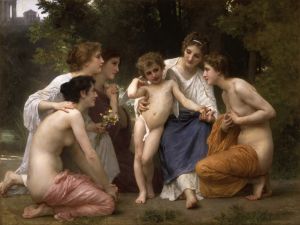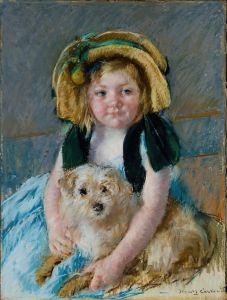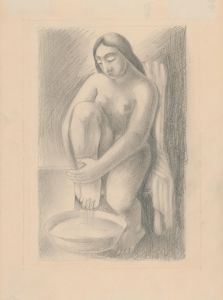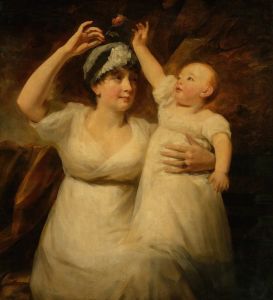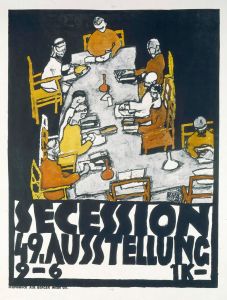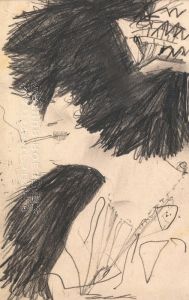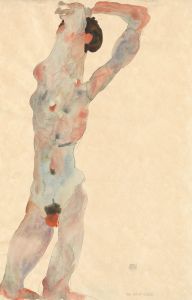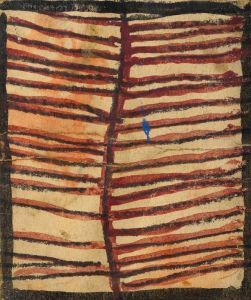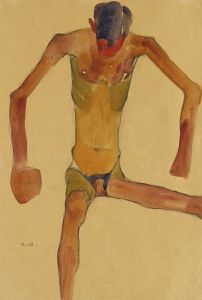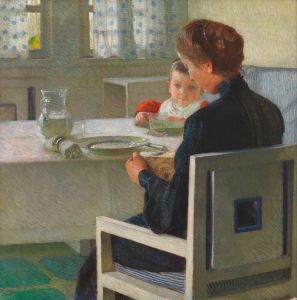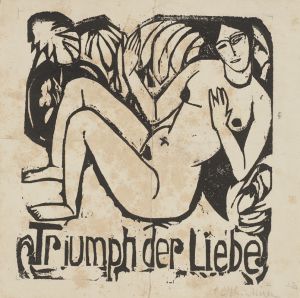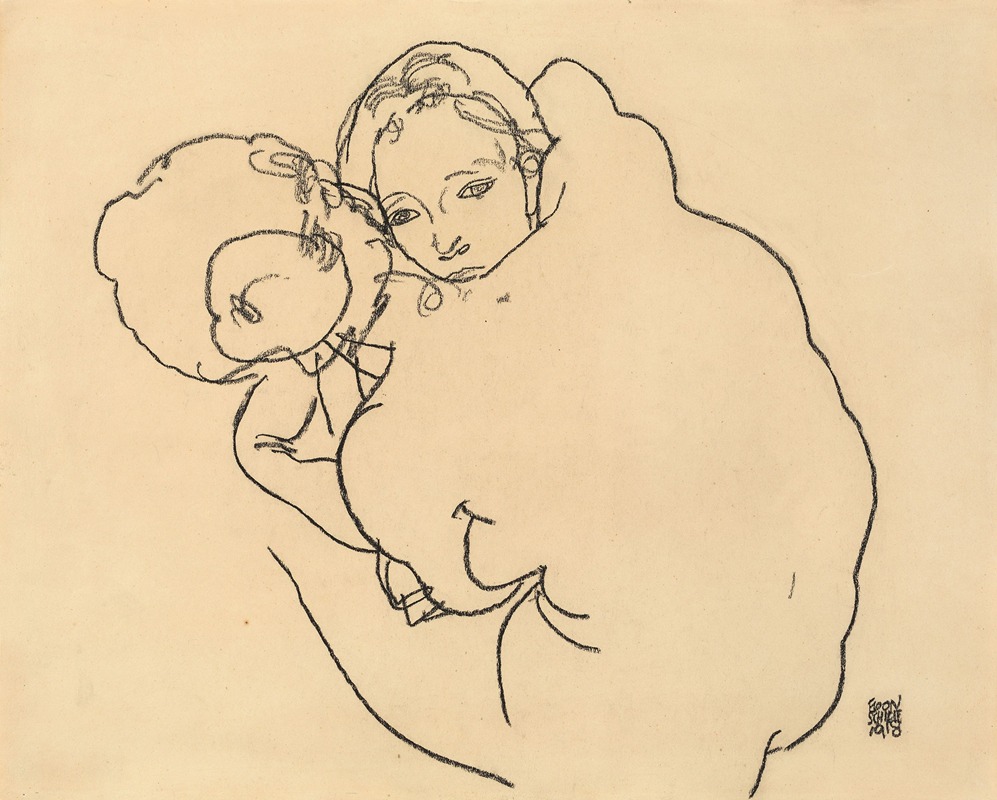
Mother and Child
A hand-painted replica of Egon Schiele’s masterpiece Mother and Child, meticulously crafted by professional artists to capture the true essence of the original. Each piece is created with museum-quality canvas and rare mineral pigments, carefully painted by experienced artists with delicate brushstrokes and rich, layered colors to perfectly recreate the texture of the original artwork. Unlike machine-printed reproductions, this hand-painted version brings the painting to life, infused with the artist’s emotions and skill in every stroke. Whether for personal collection or home decoration, it instantly elevates the artistic atmosphere of any space.
"Mother and Child" is a painting by the Austrian Expressionist artist Egon Schiele, created in 1912. Schiele, known for his intense and often provocative works, was a prominent figure in early 20th-century art, particularly within the Expressionist movement. His work is characterized by its raw emotional intensity, bold lines, and distinctive use of color.
The painting "Mother and Child" depicts a tender yet complex relationship between a mother and her child. Schiele's portrayal is notable for its emotional depth and the psychological tension that often underlies his work. The figures are rendered with Schiele's characteristic angularity and elongated forms, which convey a sense of vulnerability and intimacy. The mother's protective embrace of the child is a central theme, highlighting the bond and dependency inherent in the maternal relationship.
Schiele's use of color in "Mother and Child" is both expressive and symbolic. The palette is typically muted, with earthy tones that enhance the emotional resonance of the scene. The background is often sparse, drawing attention to the figures and their interaction. This focus on the human form and the emotional connection between the subjects is a hallmark of Schiele's work.
Egon Schiele was a protégé of Gustav Klimt and was influenced by the Viennese Secessionist movement, which sought to break away from traditional artistic conventions. Schiele's work, however, is more intense and personal than that of his mentor. His exploration of themes such as sexuality, death, and the human psyche set him apart as a distinctive voice in the Expressionist movement.
"Mother and Child" reflects Schiele's interest in the human condition and his ability to convey complex emotional states through his art. The painting is part of a broader body of work that often explores themes of family, intimacy, and the passage of time. Schiele's approach to these subjects is both innovative and deeply personal, making his work resonate with audiences even today.
Egon Schiele's career was tragically cut short when he died in 1918 at the age of 28, a victim of the Spanish flu pandemic. Despite his brief career, Schiele left a significant impact on the art world, and his works continue to be celebrated for their emotional intensity and technical innovation. "Mother and Child" is a testament to Schiele's ability to capture the complexities of human relationships and remains an important piece within his oeuvre.
The painting is held in various collections and continues to be studied and admired for its artistic and emotional depth. Schiele's work, including "Mother and Child," remains influential, reflecting the enduring power of his vision and the timeless nature of his exploration of human emotions.





